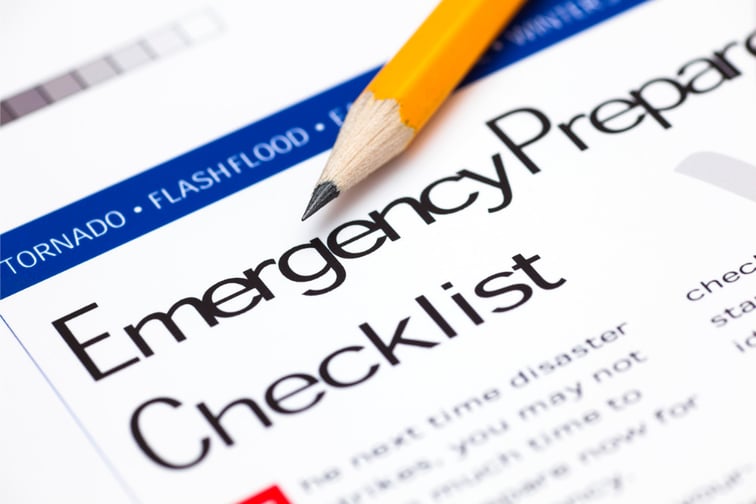

Hurricane Ian should serve as a wake-up call for organizations as they plan for their continuity in the face of growing and inescapable climate risks. Strategic planning and implementation are now more important than ever in ensuring businesses can withstand natural catastrophes, argued Dale Buckner, CEO of Global Guardian, a duty of care provider supporting hospitality, banking, retail, and medical companies.
Global Guardian regularly responds to hurricanes in the US, helping affected businesses with medical and security services. Buckner led teams that carried out an emergency response in Florida after Hurricane Ian struck at the end of September.
The storm left a trail of destruction in parts of the Caribbean, Florida, and Southern Carolina. Insured losses are estimated as high as $75 billion, with industry experts warning that the storm will change the insurance market for years to come.
What companies do before hurricanes and natural disasters arrive on their doorstep matters as much as what they do in the aftermath. Buckner shared his takeaways from Hurricane Ian with Insurance Business. Here are four questions business leaders should answer:
No organization can run away from climate risks, but location will become an increasingly significant business consideration in the years to come. Where to place people and physical assets, such as offices or logistics centres, is going to be a crucial part of leaders’ strategic calculus.
“In the past, I don't think people looked at Miami and thought: ‘I'm not going to put infrastructure, people and assets in Miami because I'm worried about flooding someday.’ But I do think over the next 20 to 40 years, we will need to consider whether New York City, Seattle or Los Angeles are going to have flooding problems,” Buckner said.
“Internationally, do you want to deal with typhoons in the Philippines? Do you want to deal with the potential flooding in Thailand? These things now matter with the pace and strength of these disruptions.”
Hurricanes and other natural catastrophes remain highly unpredictable, despite the huge leaps in weather forecasting technology. Buckner pointed out that Hurricane Ian’s forecast track changed in the days leading up to landfall.
“We still do not have a perfect system to predict where storms are going to land and which population centers they will strike. We miss 90% of time, because I think it's an imperfect science,” he said. “We got the hurricane’s strength and the path wrong, which is very common, because we just cannot predict where these things are going to go.”
Organizations need to craft their own emergency plans according to their unique position and needs. But when assets are in immediate danger, Buckner said leaders shouldn’t hesitate to pull the evacuation trigger.
“If I’m running a business, and there’s a hurricane coming in my direction, it is always better to simply get out of the way,” he told Insurance Business. “If you had to move a few hundred people, put them in hotels for two or three days, you save their lives and you saved your most important assets.”
The cost of pre-emptively evacuating employees and their families from a storm’s path is lower than the cost of a rescue effort, or worse. “It's a simple decision. The cost-benefit of having to support people for a few days is always worth it,” Buckner stressed.
A sound emergency response plan is worth nothing if it isn’t communicated effectively throughout the organization.
“Corporate headquarters are often great at bringing in consultants to build emergency response plans. The problem is that these plans sit on a shelf to collect dust. No one rehearses it, no one practices it,” Buckner said.
“What happens is you spent a lot of money to create a plan that you don't use and fail, and everybody panics. We see this over and over again.”
The logic applies to all types of emergencies, from natural disasters to active shooter scenarios and terrorist attacks. Buckner added: “Where companies fail is that they build a great plan, but they don't communicate it to the lowest level, and they certainly don't rehearse it. That’s where everything goes wrong.”
